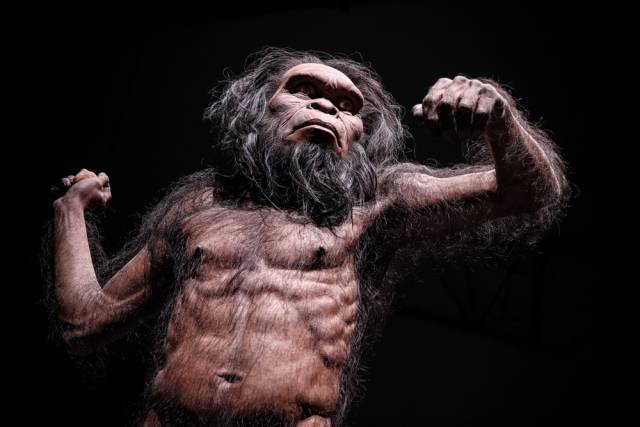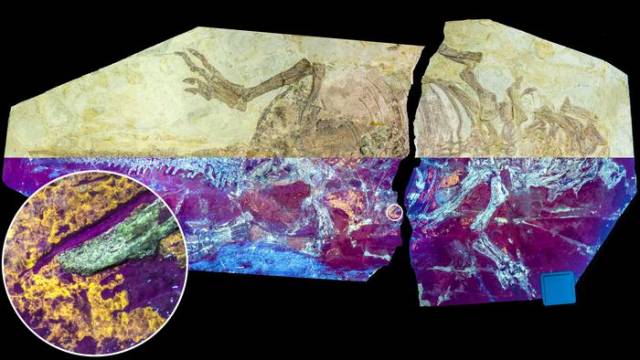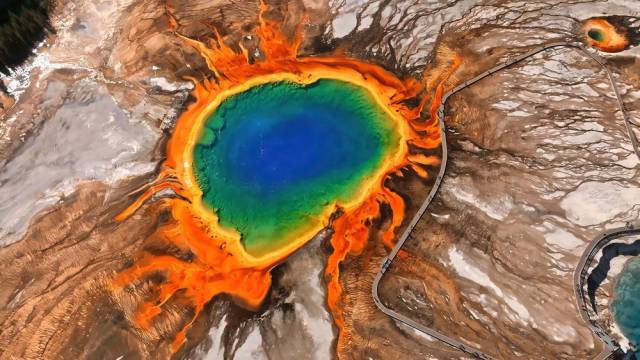A robot set a record by assembling a Rubik’s cube in 305 ms, and ended up in the Guinness Book of World Records. This is almost ten times less than the record set by a human.
The honor of creating such a fast model belongs to Japanese engineers. They equipped their brainchild with several motors that work in conjunction with each other and are able to move the puzzle sectors literally lightning fast.





